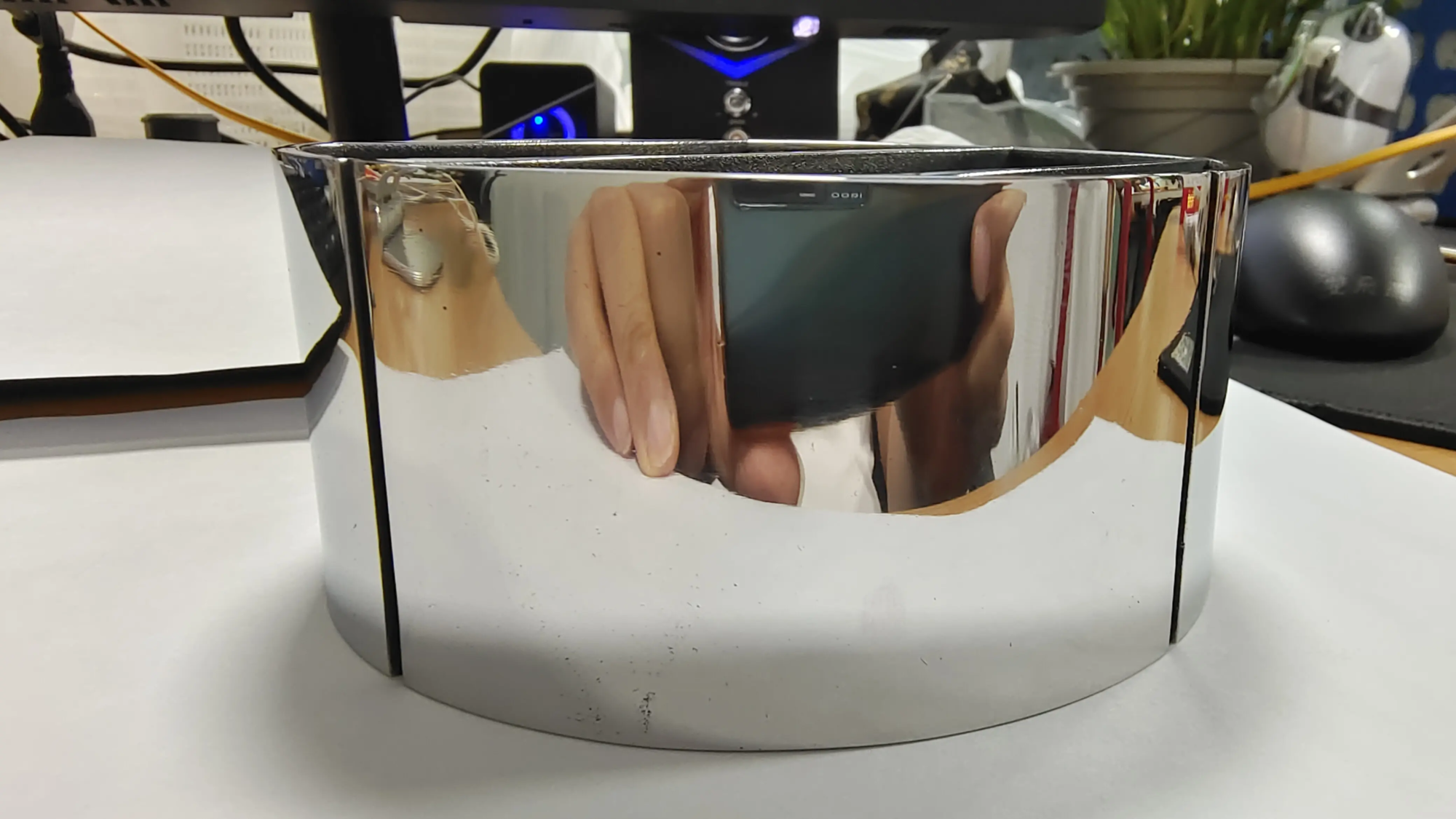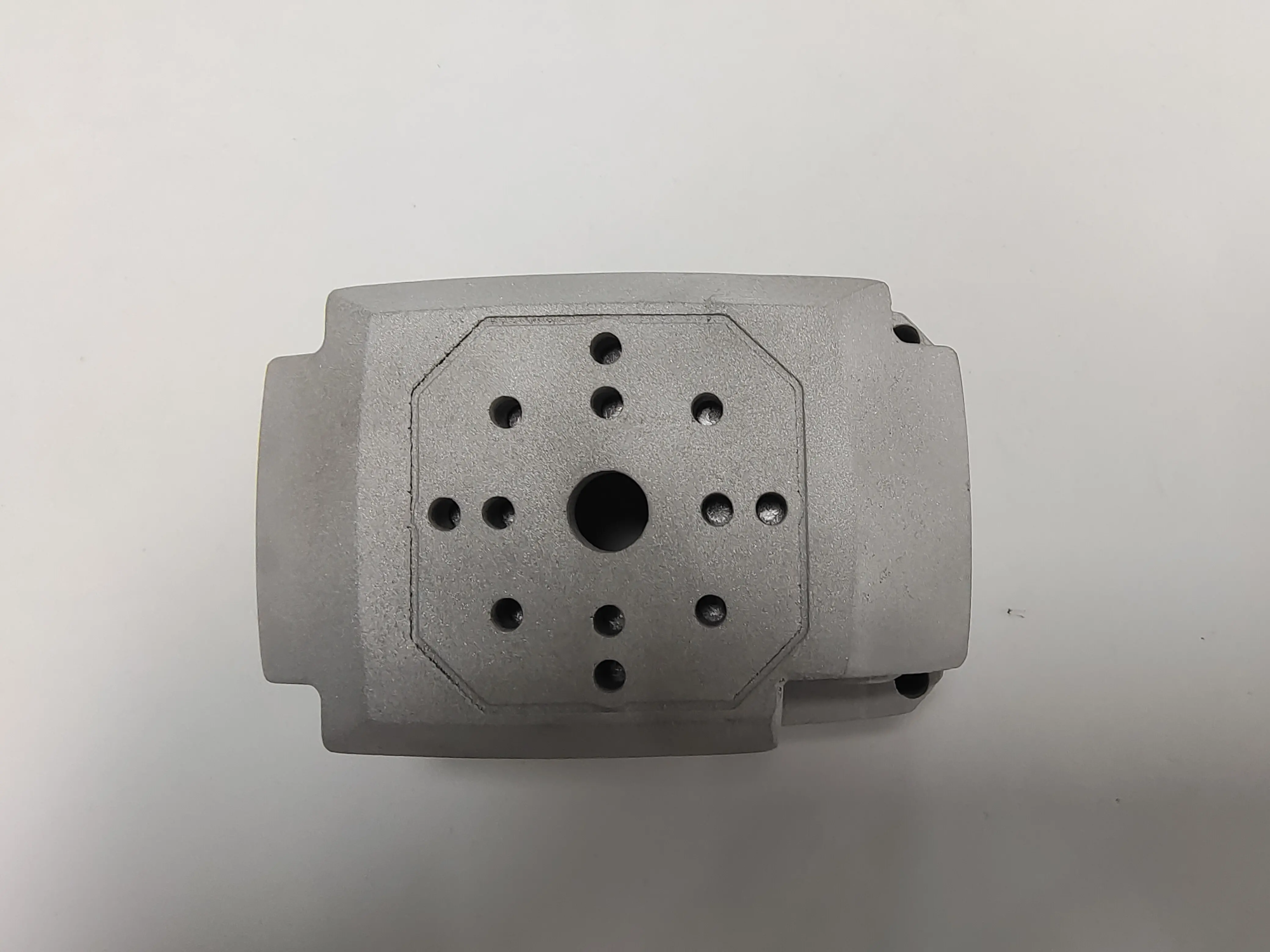Continuous question: Why is my 3D printer constantly clogging? (And how to stop)
Few things derail 3D printing projects faster than a terrible nozzle clog. At that moment, your extrusion opportunity grinds the middle printing, or you will see the thin filaments of the solid layer should be in – frustrating. As experts in high demand rapid prototyping, constantly using our advanced SLM printers and dealing with the limitations of additive manufacturing for a variety of materials, we understand this pain closely at Greatlight. Even experienced professionals will encounter clogging. The key is understanding Why It has been happening all the time and adopts a systematic preventive approach.
What exactly is it yes Blockage?
In short, blockage occurs when the molten wire solidifies within the heat table – components including heat breaks, heater blocks and nozzles block the expected flow path. This blockage prevents the wire from being squeezed out or stops completely. The final print fault ranges from poor layer adhesion and insufficient arrangement to complete nozzle clogging.
Research the root cause: Why your printer keeps blocking
Blockages are not random; they are symptoms of imbalance or problems during printing. Let’s analyze the most common culprits:
Achilles’ heels: poor quality thin silk
- Absorb moisture: Over time, moisture absorbing wires (PLA, PETG, nylon, ABS) absorb moisture in the air. This moisture turns into steam on the hot table, creating bubbles and soaring pressure ("pop up"), degraded printing quality, and crucially, partially carbonized residues, accumulate in the clog. Solution: Always store the filaments in an airtight container with desiccant. Dry silk before use. Use high-quality filaments with consistent diameters.
- Pollution and impurities: Dust, dirt or debris in the filaments may accumulate in the nozzle. The flow rate of the wire diameter force is inconsistent, resulting in back pressure and residue accumulation. Solution: Use clean filaments, wipe the filaments, then use a dedicated filaments filter or a paste-free cloth if exposed to dust. Adhere to the reputable filament brand.
- Material degradation: Some materials are chemically decomposed if they remain melted for too long (such as overheating during idle time). This degradation creates a tough sticky clump that sticks to the nozzle wall. Solution: Minimize idle time at temperatures. Use materials rated as nozzle temperature and printing speed.
Temperature trouble: too hot or too cold
- The temperature is too low: If the filaments do not melt completely, they will lack fluidity and therefore are difficult to pass through the nozzle hole. This increases exponentially, causing the extruder to skip and sand, which leaves debris that can solidify into the plug. Solution: Gradually increase the nozzle temperature within the recommended range of materials. Ensure thermistor reading is accurate.
- The temperature is too high: Although higher temperatures increase flow, heat can lead to excessive heat "Ask for words" – Thermal degradation polymer burns in the nozzle and can even circulate during hot processes. This burned residue quickly turns it into a stubborn clog. Solution: Reduce the nozzle temperature. Avoid unnecessarily printing at an absolute maximum range of materials, especially for long prints.
Retracting Riddle: The Balance between String and Blockage
- Overretracted: Retract and pull the molten wire back into the hot rest solution to prevent skewers. However, excessive retraction may absorb the cooler portion of the relatively cooler thread that is too far away. Here, it partially consolidates ("Thermal creep" contributor). After rearrangement, this semi-solid plugs the piston, resulting in pressure buildup and potential clogging. Solution: Gradually reduce the retraction distance in increments of 0.5mm. Optimize recycling speed.
- Inadequate cooling: Weaker or failed radiator fans allow for further heat break from the block ("Thermal creep"). The filaments soften prematurely above the melt area, deforming and disturbing even before reaching the nozzle. Solution: Make sure that the radiator cooling fan is fully operational, clean and 100% running during printing. Check that the airflow path is not blocked.
Mechanical Problems: Wear, Tear and Assembly
- Weared or damaged nozzles: The abrasive (full of carbon fiber, darkness, metallic glow) gradually erodes the nozzle holes, amplifying the nozzle slightly with microscopic roughness. This changes the flow kinetics and promotes residue adhesion. Impact will deform the nozzle tip. Solution: Check and replace nozzles regularly, especially after using abrasive material.
- The gap between the nozzle and PTFE tube (Bowden setting): In a Bowden extruder, the form is small if the PTFE tube cannot be completely flushed to the top of the nozzle in the hot table. The filament pool is melted in this gap, carbonizing, and ultimately preventing flow. Solution: fulfill "Tighten heat": Heat the heat table to the printing temperature, loosen the nozzle a little, push the PTFE tube firmly down, and then stick the nozzle tightly. Consider using a high temperature tube from a ri.
- Partially blocked nozzles act as filters: Partial clogging is not always totally blocked, but a shrink can be created to capture more debris, thus rapidly amplifying the problem. Solution: Regular maintenance: cold pull ("Atomic pull") Very suitable for removing residues.
- Senior culprit: Not very common but important
- Volume flow rate exceeds: Pushing the filament too fast to make the melting capacity of the heat table. The filament does not melt completely before hitting the nozzle, creating resistance and grinding. Solution: Reduce printing speed (especially for large layer height/wider squeezing) or moderately increase nozzle temperature.
- environment: Excessive draft or cold ambient temperature can cause uneven nozzle tips or cool too quickly, which may cure the wire prematurely. Solution: Use housings, especially for ABS and similar bending materials. Avoid placing the printer near windows or vents.
Solutions and Prevention: Keep the filaments flowing
- Thin filaments are the key: Quality of use, carefully stored and thoroughly dry before use.
- Optimized temperature: Use the temperature tower to calibrate the temperature. Print in the middle to distance of the range of a particular filament batch.
- Find the best location for retraction: Print the retract calibration test to minimize string lines without causing clogging.
- Beautifully assembled and maintained: Learn the proper heat table assembly (especially nozzle/nozzle-corrugated tube holder). Change the nozzle regularly, clean the hot table with tools such as cleaning wire or needle (light!), and then cold pull when the nozzle is replaced or the mass drops.
- Check essentials: Make sure the cooling fan is working properly. Monitor the grinder and instruct the extruder to slide. Float the bed correctly to avoid nozzle contact.
- Process awareness: Pay attention to the printing speed and layer height. Use the shell when it is beneficial. Let the heat station cool and turn off the printer completely (prevent thermal creep during cooling).
When complex prints and materials require expertise
While meticulous DIY troubleshooting solves clogs for most hobbyists, the use of high-performance engineering plastics (e.g., PEEK, PEI), fine details (Sub-0.4mm nozzles), demanding geometry or fast production schedules requires industrial-grade solutions – precise industrial-grade solutions, GRESTLIGHT prototyping performed well.
Our expertise is not limited to troubleshooting. Our dedicated SLM 3D printing facilities and multi-material features, including challenging metals and engineered polymers, bypass typical FDM clogging challenges. We combine:
- Advanced Industrial Printers: Designed for reliability and consistent material handling.
- Strict environmental control: Optimized temperature and atmosphere management.
- Materials Science Expertise: Exemplary processing parameters for each material batch.
- Comprehensive post-processing: Ensure that metal or high-performance polymer prototypes meet the exact specifications without defects.
Delegating complex high-value prototypes to professionals like Greatlight eliminates delays associated with clogging and ensures dimension accuracy and material integrity. Focus on design When we handle perfect execution, your innovation.
Conclusion: Master the process of successful printing
Blockage is usually not a catastrophic failure, but a climax of small, addressable factors. By understanding the science behind filament melting and flow dynamics, meticulously maintain your heat station, optimize settings for specific materials and printers, and adapting to the environment, you can greatly reduce and often eliminate long-lasting clogs. Remember, prevention is always easier than repair. Reliability and material fidelity are not negotiable for the most demanding prototype requirements, working with experienced rapid prototyping experts, such as Greatlight, to ensure your project moves forward without hindrance, unlocking the full potential of additive manufacturing.
Frequently Asked Questions about 3D Printer Clogging (FAQ)
Q1: How do I determine if my nozzle is blocked?
Answer: The logo includes:
- Despite the rotation of the extruder gear, little or nothing comes out of the nozzle.
- Grinding sound of extruder (gear chewing wire).
- Extremely thin, inconsistent squeezing ("Spider web").
- Missing printing layers or severely inadequate arrangement.
- Body resistance when manually trying to push the filament manually while heat is heated.
Q2: What is the best way to clear the clog?
one: Step by step method:
- Needle detection (care): When hot, gently insert the fine cleansing needle at the tip of the nozzle to remove soft debris.
- Cold pull (atomic pull): The gold standard. The hot nozzle, insert the wire, cool to ~90°C PLA (each material variation), and then pull the wire out firmly as it cools. This should pull it out of the contaminants. Repeat until clean.
- Cleaning wire: Filaments specially designed for absorbing and removing residues.
- Disassembly: If all other methods fail, carefully remove the heat table, remove the nozzle, and thoroughly clean the components (heat blocks, hot material off, nozzle holes) using heat and tools.
Q3: Will thermal creep cause clogging even if my fan is working properly?
A: Yes, possible. Depend on:
- Dust accumulation: Limit airflow on cool fins.
- Wearing hot paste: Between whom the station and the radiator, reduce cooling efficiency.
- Ambient heat: Print in a very hot room.
- Too long print: Continuous thermal saturation. Cleaning the cooler and reapplying the hot paste may help.
Q4: Are different filament types more likely to be blocked?
Answer: Absolutely:
- High risk: Abrasives (CF, GF, GLOW), flexible TPU/TPE (CAN buckle), nylon (hygroscopicity), high-temperature materials are prone to degradation (PEEK).
- Moderate risk: Standard PLA (if wet), PET (probably oozing).
- Reduce risks: Dry PLA/PETG, ABS (although it is prone to other problems such as warping). Always use settings and nozzles that are suitable for the material.
Q5: Why is my printer blocked only after the first layer?
Answer: Often point to:
- The bed is too high: The nozzle scrapes the bed on the later layer, resulting in a small shaving and then retracting.
- The initial temperature is too high: "spot" The first layer partly blocks the nozzle.
- Cooling too slowly: Only after several layers of deterrence does the hot soak become large enough to cause creep. Check the layer cooling fan start settings.
Question 6: How often should I replace the nozzle?
A: It depends on usage:
- Standard brass: Use it extensively every 3-6 months, or immediately after using the molar.
- Hardened steel: It has a longer lifespan, is used extensively every 6-12 months, and it still needs to be checked after the abrasive.
- Ruby/diamond: The life span (years) is significantly longer and is very suitable for continuous abrasive printing. Notice any The sign of undersorted sorting is a check/replace trigger. Prevention is better than destruction!





